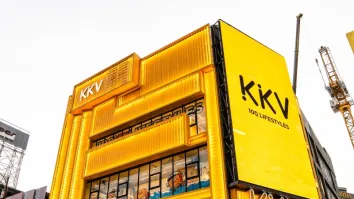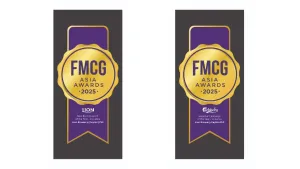
Weekly News Wrap: Chinese restaurants switch to American beef; Japan’s F&B chains welcome drinkers back
And an earlier Xinjiang controversy hit H&M’s China performance.
From Reuters
As Australian beef exports to China wither amidst diplomatic tensions, demand for U.S. grain-fed beef has soared, fuelled by the appetites of a growing Chinese middle class.
Hotpot restaurants, Japanese barbecue chains and steakhouses, all expanding in the world's No. 2 economy, are swapping out Australian beef for U.S. meat. Several Australian suppliers were banned last year and shipments from others take too long to clear customs.
Beef imports from the U.S. have grown to 83,000 tonnes in the first eight months of 2021, nine times the amount in the same period a year ago, according to Chinese customs data, and are set to be worth more than $1 billion this year. Australia also fell behind the United States this year as the top exporter of grain-fed beef to China.
Read more here.
From Reuters
Typhoon winds and rain dampened what might have been a more celebratory mood in Tokyo on Friday, as restaurants were allowed to sell alcohol and stay open later following the lifting of the latest COVID-19 state of emergency.
Japan is cautiously easing restrictions that have prevailed across much of the nation for almost six months. New COVID cases in Tokyo totalled 200 on Friday, a sharp drop from more than 5,000 a day in August amid a fifth wave driven by the infectious Delta variant that brought the medical system to the brink.
The restrictions, intended to blunt infections by reducing mobility and interaction, have been particularly tough on the service sector.
Minoru Sasaki, president of a liquor wholesaler company Sasaki Co., said about 20% of his customers have had to close their doors during the pandemic, and he was relieved that people could now drink again in restaurants.
Read more here.
From Bloomberg
Hennes & Mauritz’s (H&M) revenue in China fell at least 40% in its most recent quarter as the retailer bore the brunt of a social-media backlash following earlier comments expressing concern about forced labor in Xinjiang.
China fell off the list of H&M’s 10 largest markets in the three months through August, according to the company’s results, indicating how big the decline has been.
The company confirmed Danske Bank analyst Daniel Schmidt’s calculation that revenue from the country must have dropped at least 40% on a conference call Thursday. Chief Executive Officer Helena Helmersson said it’s a “complex situation,” and declined to comment further.
Last year, China was H&M’s fourth-largest market and the source of more than $1b of revenue.
Read more here.



















 Advertise
Advertise





